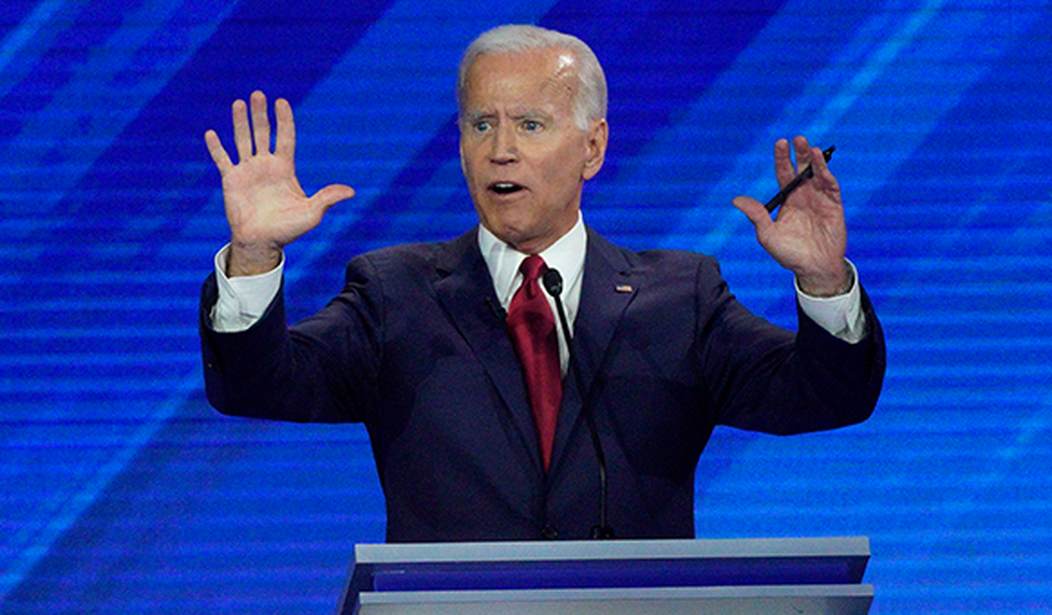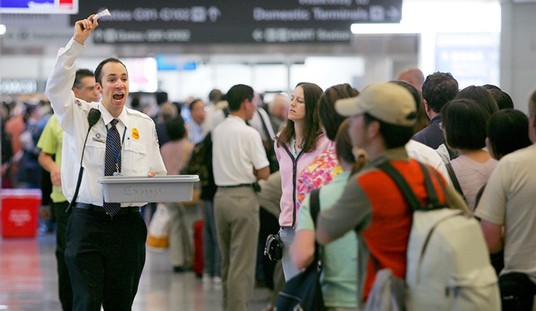
A new poll from Monmouth University shows that Pennsylvania has moved within the margin of error, with Joe Biden now leading Pres. Trump by only 3 points, 49-46.
It comes just after Rassumussen Reports shows Pennsylvania as dead even, 46-46.
Monmouth is reporting two numbers, Biden leads by 4 among “all voters”, and by between 1-3 among “likely voters.”
Six weeks ago, Biden led Trump by 13% — 53-40% — among registered voters.
Biden’s lead among women is the same now as it was in mid-July. But Biden has lost 8% of his support among men (from 45 down to 37) — with Trump gaining almost the same amount men (from 47 up to 56).
Biden has also lost more than 10% of his lead among voters under 50 — down from 60% to 49%.
But perhaps the biggest change in the polling is that African-American voters are moving out of Joe Biden’s column. His support with that group has dropped 4% — from 76 to 72 — but the share of undecided voters has increased from 3% to 9%.
A Democrat candidate for President in Pennsylvania generally prevails by running up huge totals among African-American voters in Philadephia primarily, and Pittsburg to a lesser degree. When those vote totals do not appear, the Democrat is very vulnerable state-wide given the largely rural nature of the rest of the state and its aging population.
But a Rassmussen Poll from just a couple days ago has much more worrisome numbers, as explained in this Washington Examiner article:
It also confirmed another trend that is hurting Biden. Black voters, who Biden is depending on, are not enthusiastic about his candidacy, despite having Sen. Kamala Harris on the ticket. Rasmussen found that just 67% of black people in Pennsylvania support Biden, while 27% back Trump.
The analysis said, “Worrisome for the former vice president is his 67% black support, low for a Democrat, with the incumbent earning 27% of the black vote in Pennsylvania. Trump leads among whites and other minority voters.”
Pennsylvania was one of several states where polling before the 2016 election had horrendous errors in the modeling of the likely electorate, in that they underestimated the turnout of non-college educated white voters who would turnout to vote.
This study of the 2016 election results showed that models anticipated a turnout of such non-college-educated whites as being only 40% of the electorate — and would be exceeded by college-educated whites who were estimated to be 41% of the electorate — when the actual turnout between the two groups was 53 -38. So while college-educated white voters were slightly overestimated in the models (41 to 38), non-college-educated white voters were WILDLY underestimated (40 v. 53).
The Monmouth Poll from yesterday shows Trump continues to lead among that demographic — with a potentially huge “hidden” share — in a significant margin of 57-35, up slightly in the past 6 weeks.
This same phenomenon was present in Wisconsin in 2016, where Trump’s victory in that state came as a result of a very large unforeseen number of “first-time voters” — defined by electoral analysts as people who had not voted in the 4 previous Presidential elections. Voters in that demographic — overwhelmingly non-college-educated white males — used “same-day registration” to show up on election day to vote, and they voted in huge totals for Trump.
Unless 2020 polling has accounted for what happened in the actual composition of the electorate in 2016, and are using voter models for 2020 that takes this into account, it’s a near certainty that they same results are going to appear in November. This is part of what my colleague Brandon Morse covers here as the “shy voter” who favors Trump.
The signs are all moving away from this being a competitive election. Unless things stabilize where they are, the election is going to move more and more in Trump’s favor and become increasingly more unlikely for a challenger to upend an incumbent President.














Join the conversation as a VIP Member